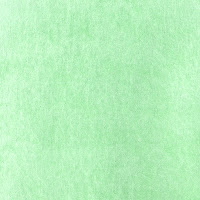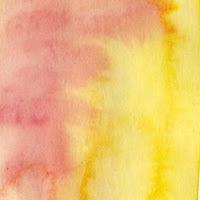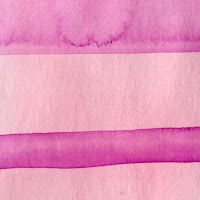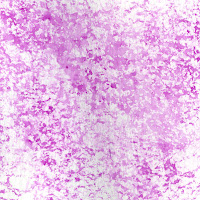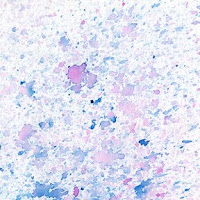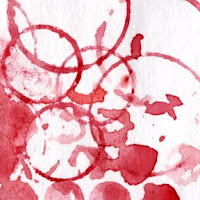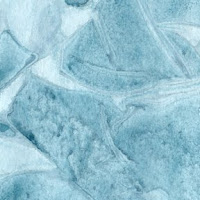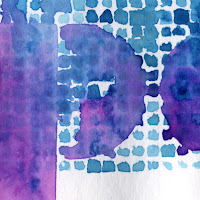For us the thing that separates the visual journal from a sketchbook or art journal is the inclusion of written language as an integral and visual element. The visual journal is the melding of the visual and verbal languages. Words help us to reflect on life and art. They help us process the good, the bad, and mundane of life. Words provide the impetus for thought and reflection. Words help us express ourselves, our intentions, and our feelings. Words provide meaning. Words are powerful.
Beginning visual journalists often have a hard time mixing the written and visual. Below are some easy ways to get words, thoughts, text, writing, reflections, and such into the art and, thus, creating rich pages.
1. Random Words - Pick random words from a dictionary, book, newspaper, magazine, or thesaurus. Write, draw, or stencil the word large on a page.
2. Stream of Consciousness - Write uninterrupted for 7 minutes or 15 minutes or a half hour. Write directly in the journal or on a separate piece of paper. Maybe highlight key words and phrases.
3. Quotes - Find great quotes, and use them to spark a page.
4. Stencils - Letter stencils are a quick and easy way to draw words.
5. Cut Words - Look for big words and phrases in newspaper and magazine headlines. Cut them out an collage them into the journal. Or cut individual letters and collage them in "ransom letter" style.
6. Lists - Make lists - shopping lists, to-do lists, favorites lists, places-to-go lists, if-I-had-a-million-dollars lists, etc.
7. Prompts - Pick themes to write about such as "I believe..." "I don't believe..." "I want..." "I need..." "Today I feel..."
8. Found Poetry - Pick random words from a source and form them into a poem.
9. Printed Text - Print writings, instructions, or information from the computer, or photocopy book and magazine pages, and glue into a page.
10. Scrabble Letters and Magnetic Poetry - Glue the actually letters or words into the journal, or make a photocopy of the best words or letters, and collage them in.
11. Take Notes - Jot down notes from meetings, readings, and what not. Did you learn about a new technique or material? Jot down the details so you don't forget.
12. Rubber or Hand-carved Stamps - Use stamps to stamp in letters, words, and numbers.
13. Questions - Ask yourself a bunch of big, thought-provoking questions, and write them in your journal. Better yet, draw them in or create a Question Page. It's OK not to have answers.
14. Stories - Create stories. Use drawings, photos, or pure color to illustrate the stories. What's your story?











